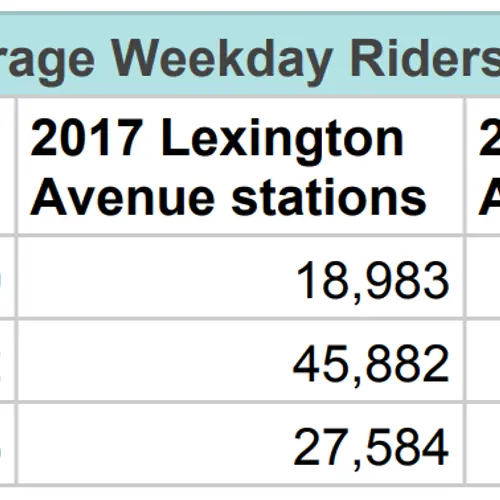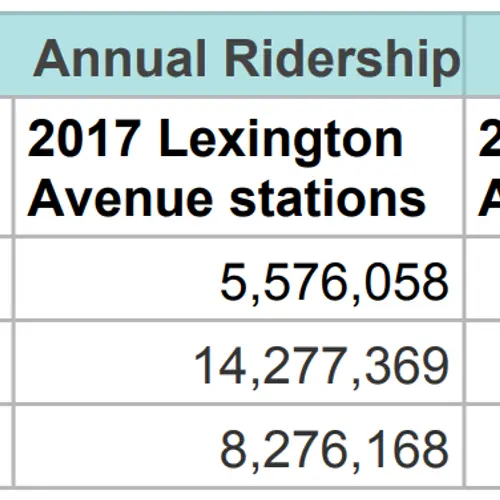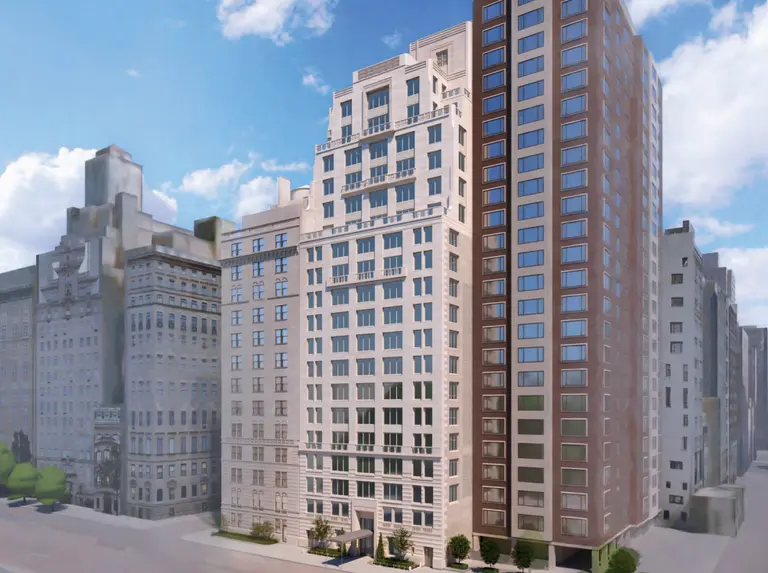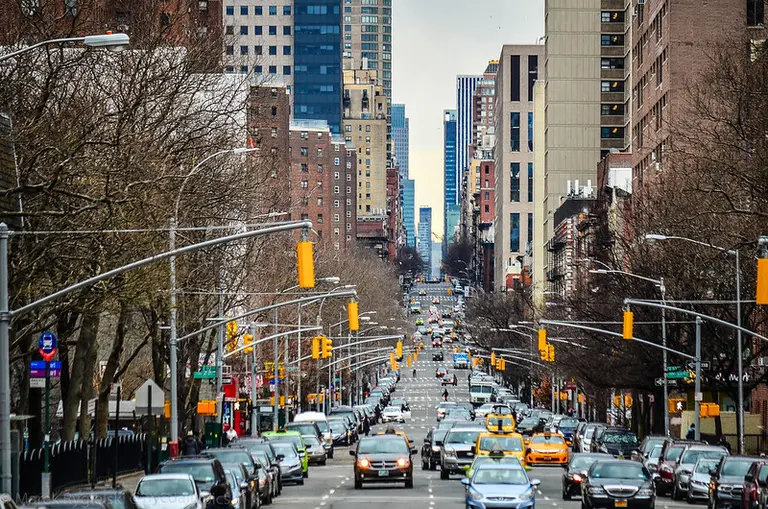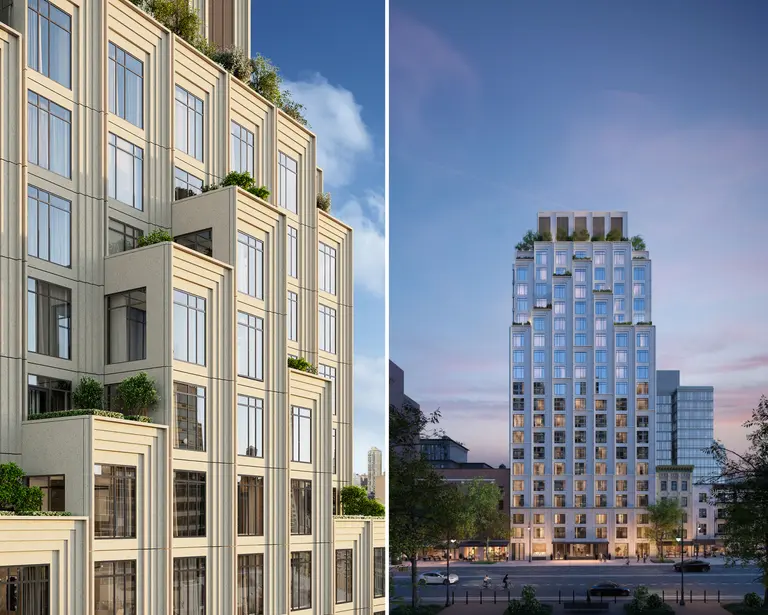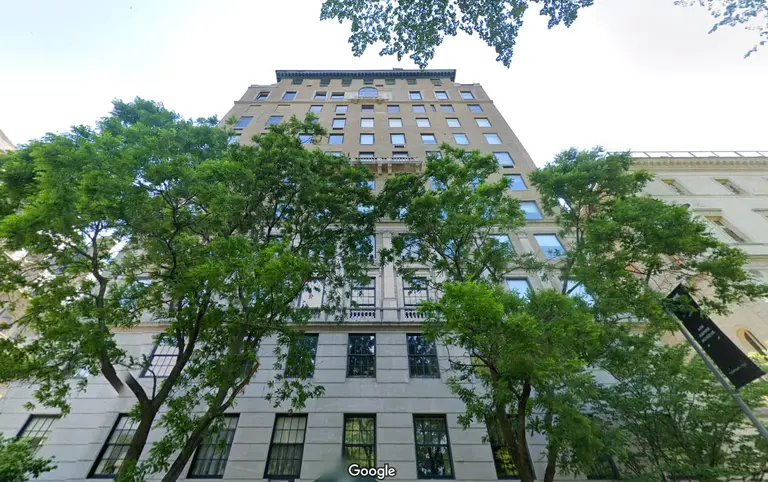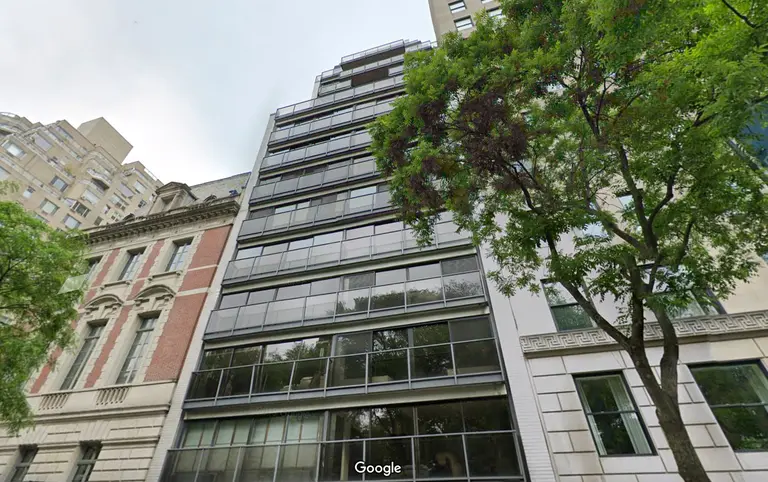Second Avenue Subway eases ridership at 4,5,6 stations by 30%
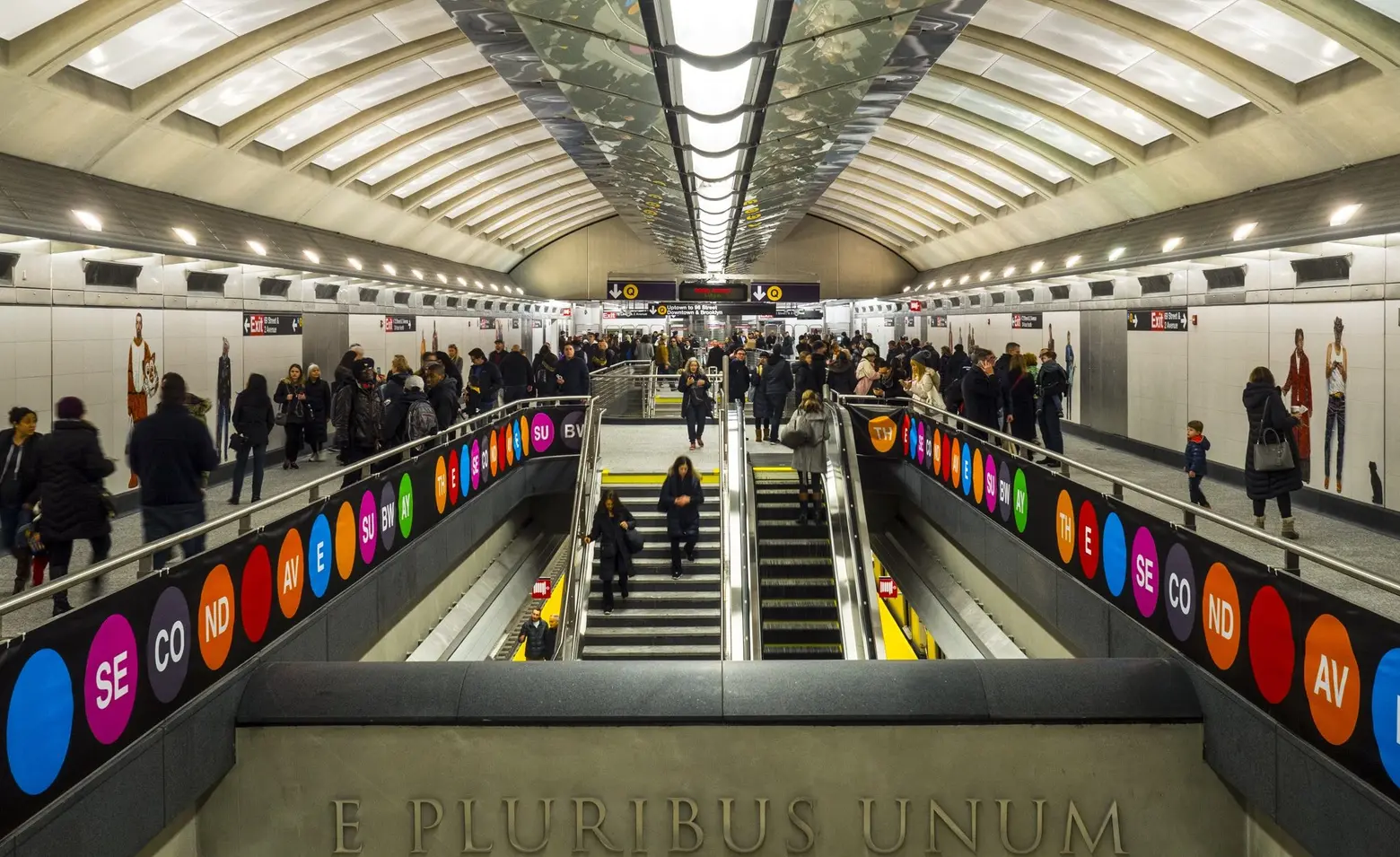
Photo via Flickr cc
The MTA has released updated ridership figures for 2017, giving an even better look at how the Second Avenue Subway is growing in popularity and impacting the Lexington Avenue line. By looking at the three comparative stations–96th Street, 86th, and 77th/72nd Streets–we can see that average weekday ridership on the 4,5,6 line has dropped 29.5, 29.2, and 23.6 percent respectively. More impressive is the fact that in 2017, the annual number of riders at the 96th Street station and 77th and 72nd Street stations were almost identical on both lines at roughly 8.5 million. And at 86th Street, the Q station hit 7.7 million riders, still impressive compared to the Lexington line’s $14 million considering there are two express trains there, too.
Here’s a closer look at the data:

 Graphs © 6sqft
Graphs © 6sqft
Since these figures are station-specific, this does not paint a picture of how the Second Avenue Subway has affected ridership system-wide, which would likely prove to be even more dramatic. In terms of this wider data, the most recent reports came in May 2017, just five months after the Second Avenue Subway opened. As 6sqft previously reported:
…ridership on the 4/5/6 decreased by 26 percent and a whopping 40 percent during peak morning hours. Moreover, Second Avenue’s average weekday ridership is up from 140,000 to 176,000 passengers, an increase which has prompted the MTA to add two additional train trips during rush hour come this November.
RELATED:
